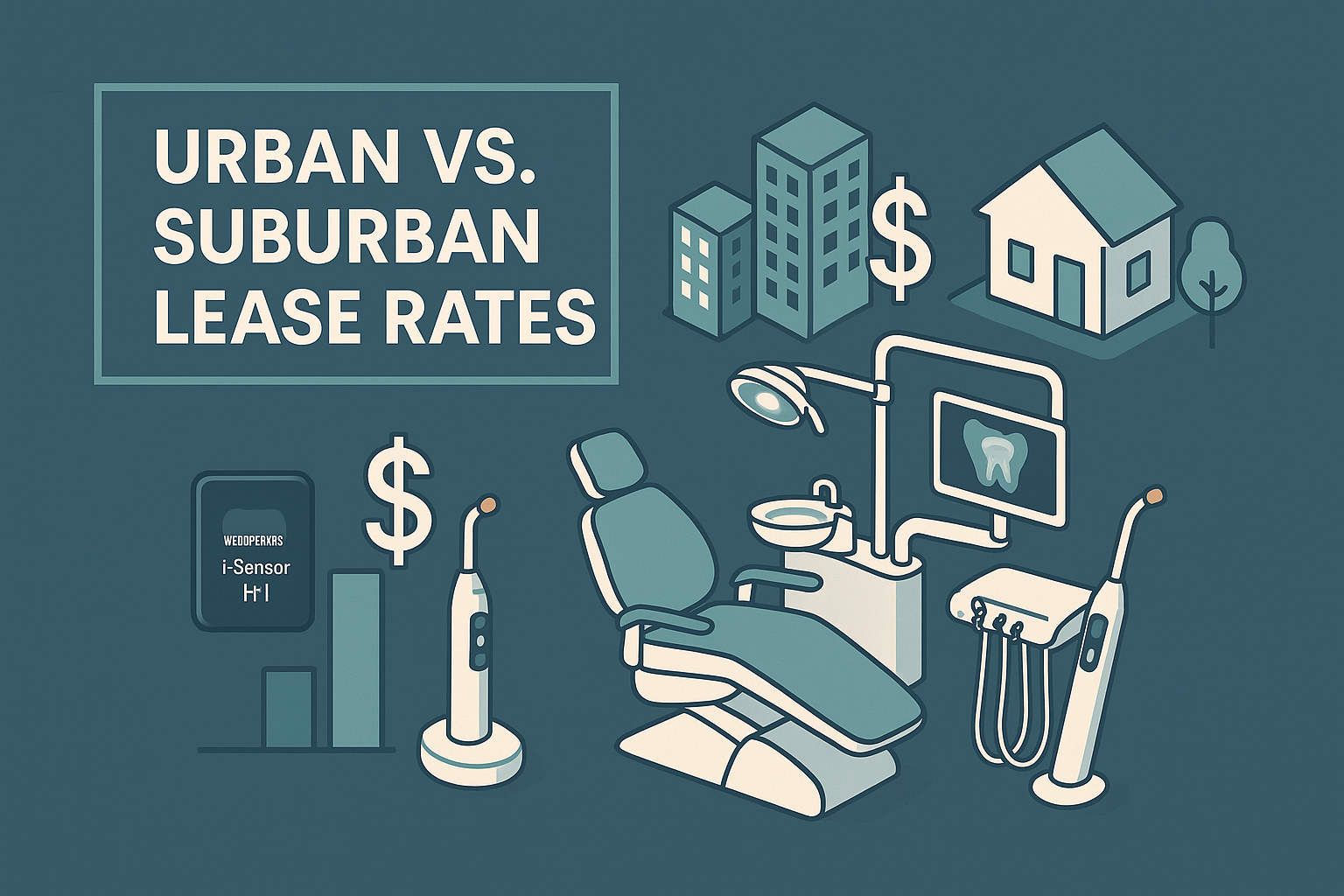Why Dental Practices Are Leaving the Big City: The Rise of Suburban Clinics in Canada
Across Canada, especially in metropolitan areas like Toronto, a notable shift is occurring in the dental industry. More and more dental practitioners are choosing to move their practices from dense urban environments to suburban communities. This trend, colloquially known as the “big city exodus,” has grown rapidly in the wake of the COVID-19 pandemic and is reshaping how and where Canadians receive dental care.

The Driving Forces Behind Relocation
The reasons dental clinics are pulling away from metropolitan cores are both practical and strategic. Many of them stem from rising operational costs, shifting patient behaviour, and the evolving preferences of dental professionals aiming for a more balanced lifestyle. In the Greater Toronto Area (GTA), this trend is increasingly visible as multi-chair clinics and small boutique practices opt for suburban setups that promise better margins and a growing client base.
Skyrocketing Urban Lease Rates
One of the most cited factors in the exodus is the cost of rent. Operating a dental practice in an urban centre like downtown Toronto can mean paying anywhere from $50 to $100 per square foot. Compare this with suburban locations, where monthly rents typically range from $20 to $40 per square foot. The cost differential becomes even more significant when calculated annually for multi-treatment room configurations. Suburban clinics also often come with larger spaces, allowing more operatories and specialized treatment areas without the inner-city space constraints.
This cost saving can be redirected into investments in high-quality dental handpieces, advanced lubrication and cleaning units, and upgraded sterilization workflows — all critical elements in a modern clinic competing for discerning patients.

Changing Patient Demographics
As urban residents seek more space and affordability post-pandemic, many have chosen to relocate to suburban communities, taking their dental needs with them. According to demographic reports, over 5 million North Americans have left major cities such as New York, San Francisco, and Toronto in the past few years. Dentists who relocate follow the patients, offering continuity of care closer to where people now live and work.
There is also an increased demand for family-centered dental care in these suburbs. Dentists are seeing more pediatric and preventive visits, and they require tools designed for efficiency and patient comfort, such as the Woodpecker i-Sensor H1 RVG Sensor for rapid diagnostics.
Trends Among Dental Professionals Across Canada
Dental professionals across the country, including a significant number in the GTA, are embracing relocation as a growth strategy. Clinical data show that 12–15% of dental practices in Canada have moved out of urban business districts over a three-year span. For many, this decision is more than just financial — it’s personal. Practicing in the suburbs often means shorter commutes, better work-life balance, and an opportunity to serve communities that may be underserved in terms of dental provider density.

Case Study: Relocation with Results
Take, for example, a Manhattan-based clinic that moved to suburban Atlanta. Within 12 months, the clinic reported a 25% increase in patient volume. This was attributed not only to the lower startup and operational costs but also to a strong surge in local demand. By leveraging affordable yet high-performance equipment like the Woodpecker DTE D5 Ultrasonic Scaler, this clinic maintained care quality while improving cost efficiency.
Planning a Relocation: Tools and Considerations
Relocating a dental clinic is a complex venture that requires strategic planning and investment. Dentists considering a move must assess multiple factors, including:
- Demographic Assessments: Using geographic and consumer insight tools to identify growing patient bases.
- Financial Planning: Factoring in moving expenses (estimated at $50,000–$150,000), equipment upfits, and marketing for re-establishment.
- Regulatory Transition: Ensuring compliance with provincial guidelines for records transfer, licensing, and equipment registration in the new location.
- Tech-Efficiency Tools: Utilizing compact and scalable systems such as LED curing lights and portable carts to streamline the operatory setup.

Key Takeaways for GTA Dental Professionals
In the GTA, where urban dental market competition is stiff and rental rates are among Canada's highest, suburban migration represents not a retreat but a recalibration. Dental professionals aiming to preserve profitability and build sustainable practices should consider:
- Analyzing suburban locales for growth potential
- Investing in advanced, affordable clinic technologies via EBIKO Dental
- Repositioning their brand to meet the needs of a suburban clientele
- Adopting scalable equipment that matches suburban pace and patient diversity
Whether it's through reducing per-square-foot costs or providing enhanced patient experiences with modern tools, the big city exodus is shaping a new era in Canadian dentistry—one marked by flexibility, accessibility, and long-term strategic growth.
To support dental professionals in this transition, EBIKO Dental offers a wide catalogue of performance-driven clinical equipment suited for any stage of practice growth and geographic setting.

